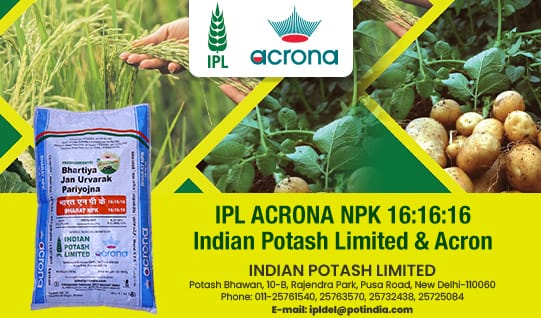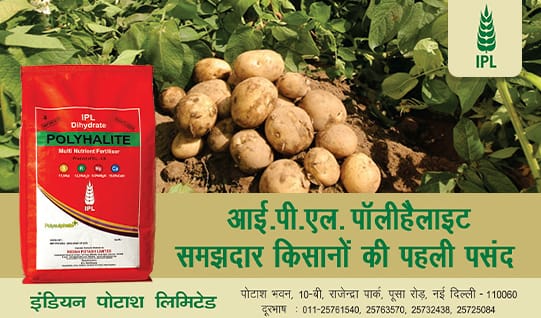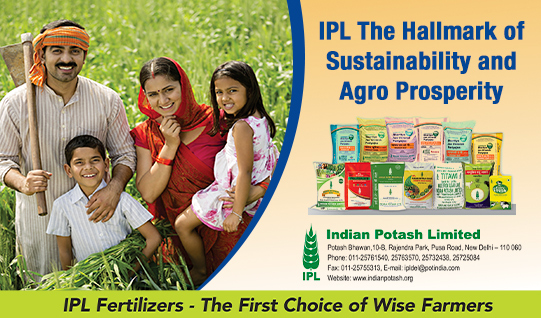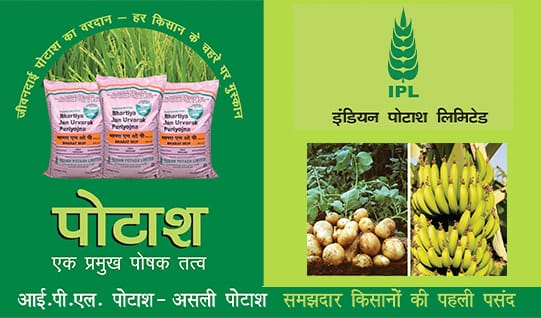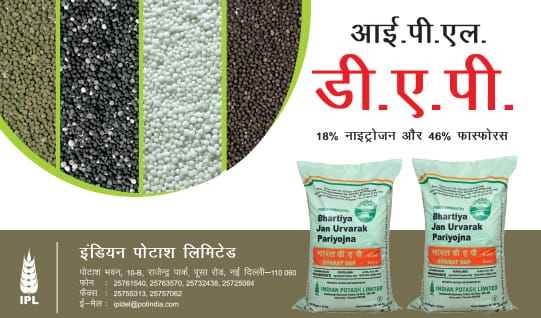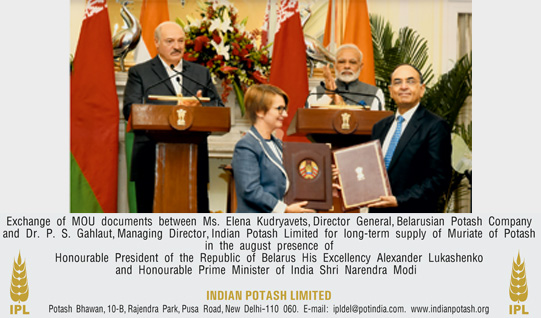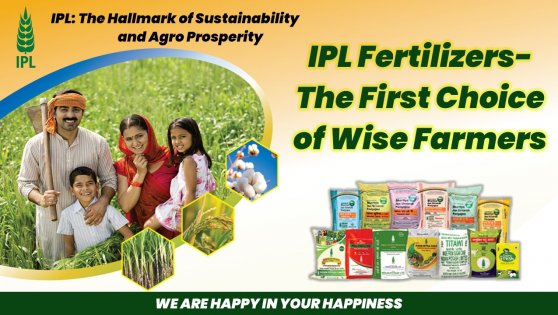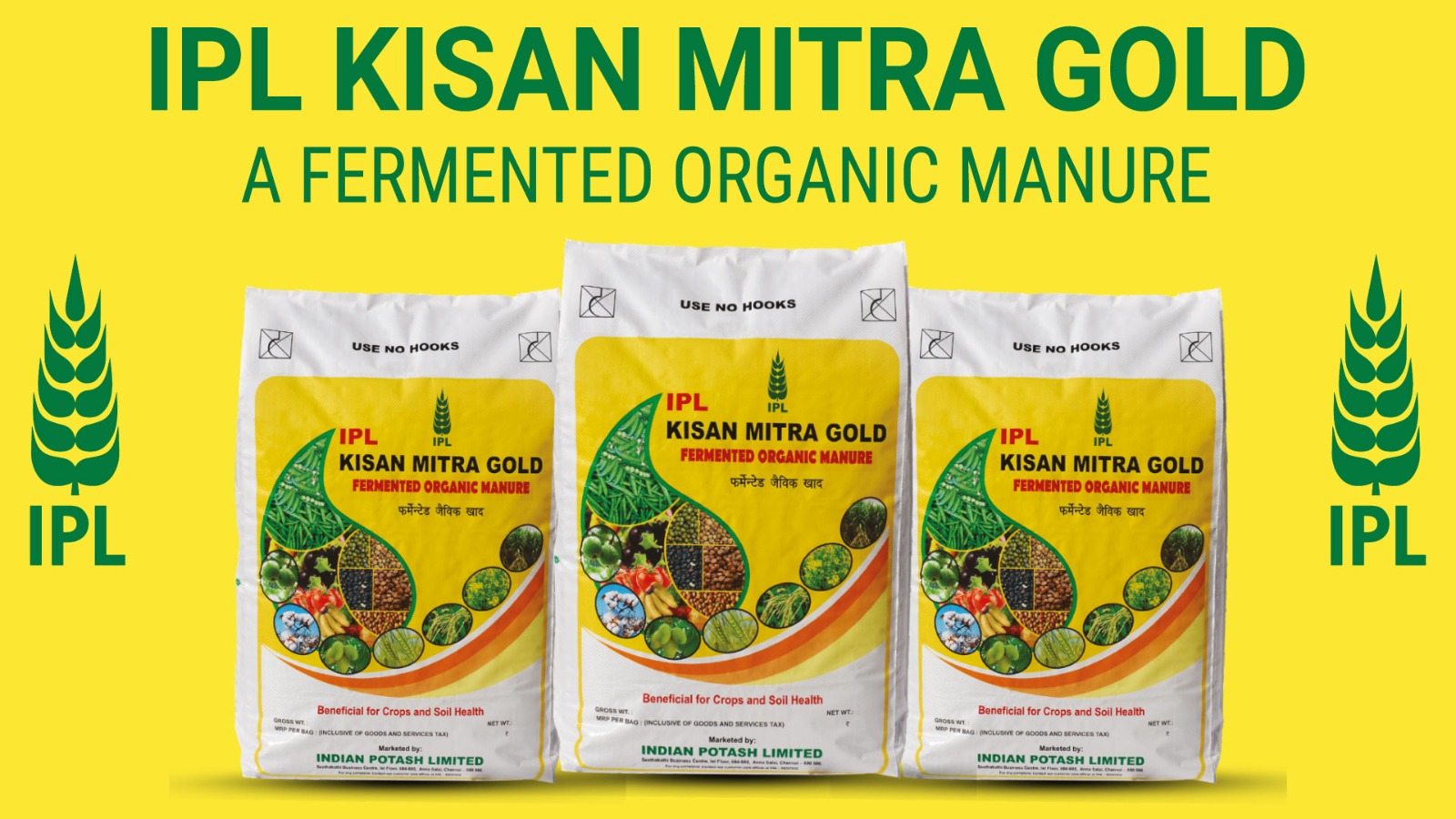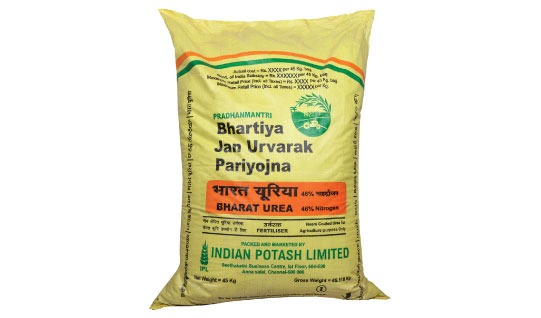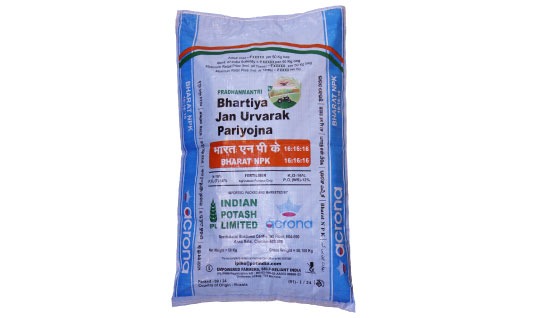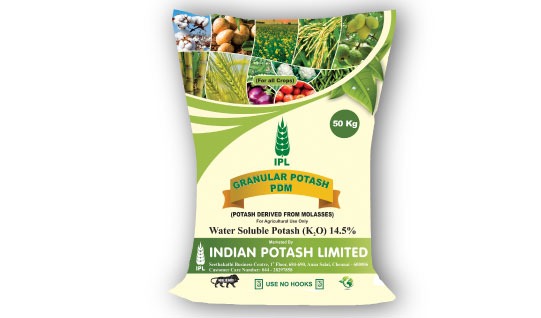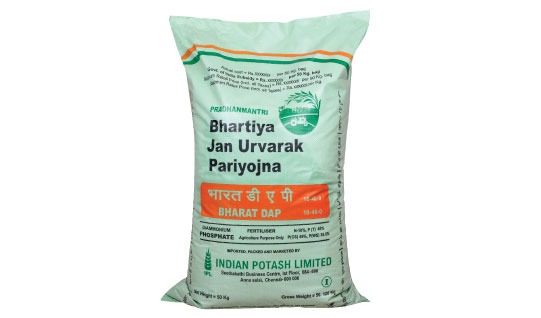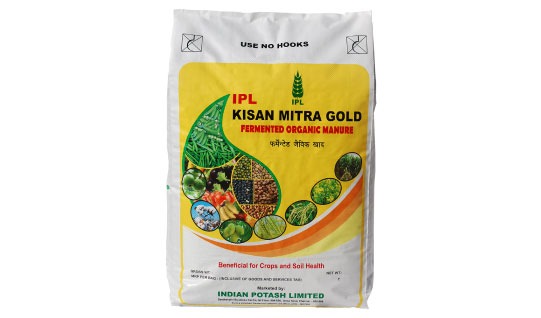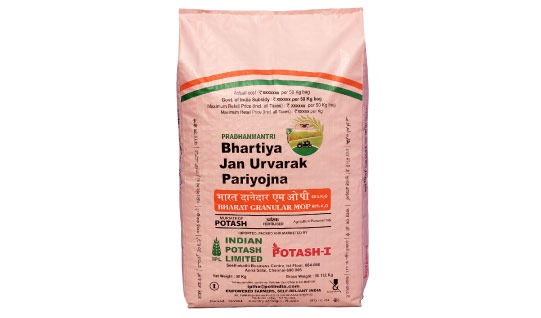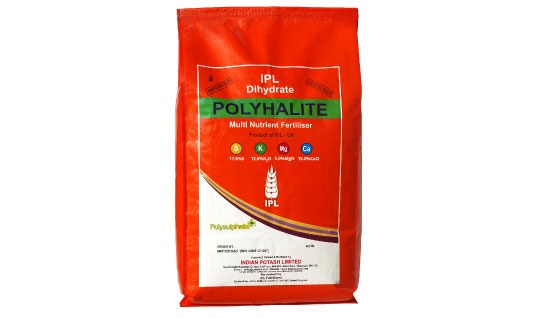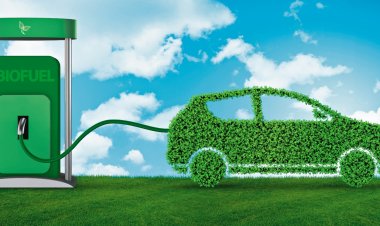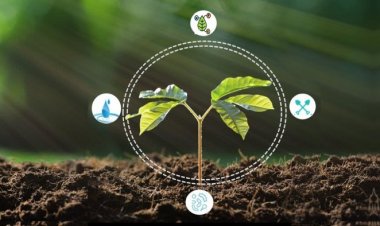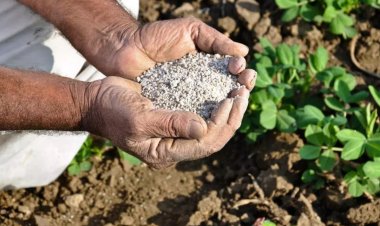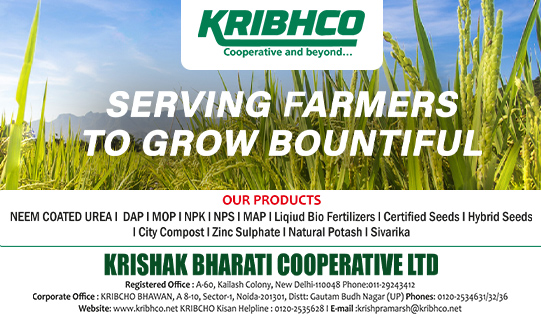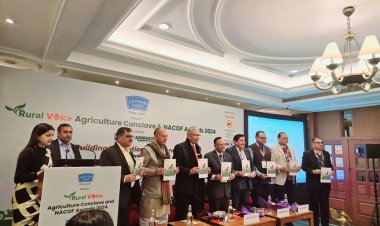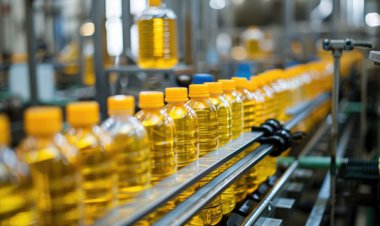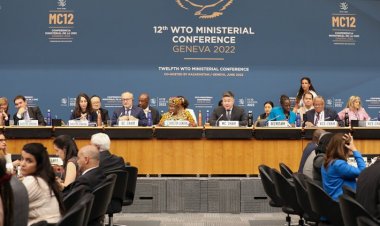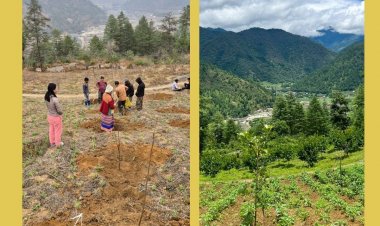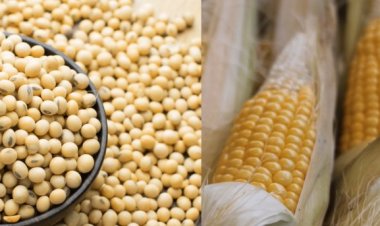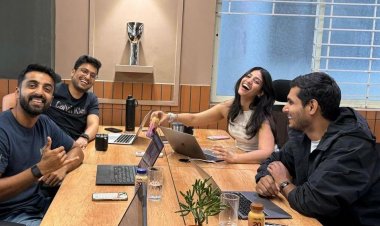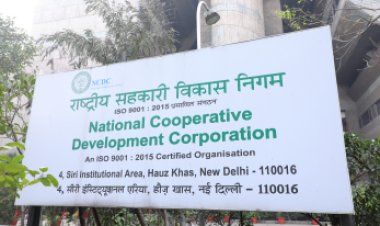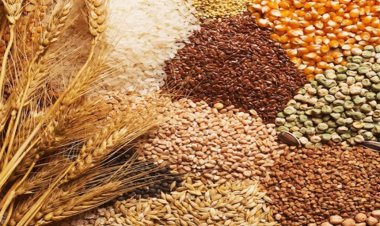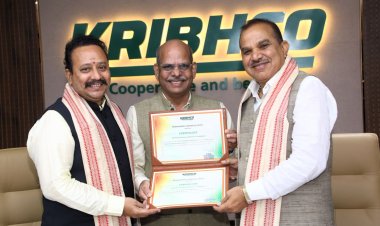Reimagining Indian Seafood: Growth of Aquaculture in India
In order to harness the potential of aquaculture, India needs to prioritize five key areas to help transform the scene
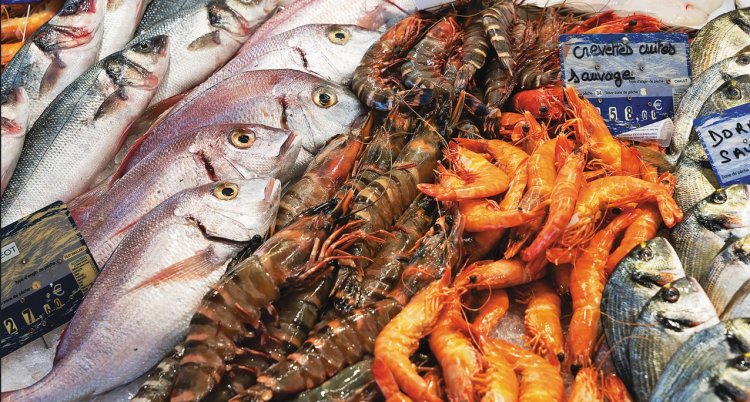
It is a matter of pride for our nation when we talk about aquaculture - the land-based farming of fish, shrimp, and other aquatic species. Today, India proudly stands as the world’s second largest aquaculture producer, the third largest fish producer, and the fourth largest seafood exporter, contributing more than 10 percent to global seafood output. But it is not just about impressive stats; it is about millions of farmers and families in rural and coastal regions of India who depend on this sector for their livelihoods. With overfishing and climate change putting pressure on oceans, aquaculture has emerged as a sustainable alternative. Globally, about one out of two fish comes from land, and in India, nearly two out of three fish are farmed — a trend that shows we are not just keeping up but leading the way. In addition, our seafood exports bring more than $8 billion, making aquaculture one of the sunrise sectors of the country’s economy.
Despite all these impressive milestones, India’s aquaculture sector still faces some foundational challenges. Farmers are being hindered with low productivity, high production costs, inefficient pond management, and wider disease outbreaks — all of which eat into their profits. One interesting aspect of Indian aquaculture is its split focus: while shrimp farming is largely export-driven (with most shrimps heading to markets in the US, Europe, China, Japan, and Vietnam, among other countries), our fish farming caters mainly to the domestic market, supplying species like Catla, Rohu, Mirgal, Tilapia, and Roopchand, to our plates. Each segment has its own supply chain dynamics. For example, in the shrimp sector, farm gate prices have remained stagnant for the past 5 years even as production costs have surged by around 30–40 percent. This means farms are already losing a significant slice of their profit margin.
And it does not stop there - inefficient market linkages across various levels are holding the industry back. As we gear up to double our production and move towards the blue revolution 2.0, these foundational challenges need immediate attention. Thankfully, the government is taking serious, progressive steps to modernize aquaculture - from investing in new infrastructure and research through sector initiatives like PMMSY that aim to drive the sector’s growth forward and support the next growth trajectory.
1. Time for Transition: From Tradition to Tech
To sustain our position in the global fisheries market and support the next growth wave, we need to tackle some critical gaps — digitization being one of the biggest. Unlike other industries that jumped on the tech bandwagon early, aquaculture missed that boat, which has held us back from truly unlocking our potential in production, consumption, and exports. However, we have a golden opportunity to be early adopters of emerging technologies like Gen-AI, geospatial tools to solve the day-to-day challenges of farmers when it comes to improving production, predicting diseases or controlling the costs. Embracing such technologies can bring transparency, efficiency, and predictability to both production and post-harvest processes, addressing many of our long-standing challenges.
Of course, adopting new technology is not without its hurdles — especially in a sector where traditional practices are dominant. There are three main challenges tech providers need to solve. First is the steep learning curve: millions of small-scale aquafarmers need solutions that are easy to understand and use. Second, there is affordability and practicality. It is not just about building cool technology; it is about cracking the code on making it affordable enough to reach all these farmers. That affordability factor is a true game-changer. And third, there is the challenge of distribution and last-mile connectivity — making sure these solutions actually reach the aquafarms on the ground. These are the key areas any tech solution for the aquaculture sector must focus on, and they are at the heart of our own efforts as well.
2. Keeping it Local: Savour What We Grow
While embracing technology is opening new doors for aquaculture, there is another crucial area we need to address — domestic seafood consumption. It is fantastic that Indian seafood exports are booming, with our numbers growing year on year. However, have we asked ourselves if we are focusing enough on the home front? Being a major shrimp exporter is impressive, but it is not the full picture. When international markets fluctuate, our over-reliance on exports becomes painfully clear. The effects from global price shocks hit every stakeholder, from farmers to seafood exporters, and our quick fixes often end up being mere band-aids over a much deeper issue.
The fact is we are focused on sending our shrimp overseas that we are missing a massive opportunity right at home. This imbalance creates unstable market dynamics and leaves us vulnerable when global prices dip. With a huge population of non-vegetarians in India, our domestic market is enormous yet underutilized. On the other hand, boosting domestic consumption would bring stability, help keep prices in check, and provide an additional safety net to our farmers.
We need innovative marketing efforts and a strong focus on value addition — much like what we have seen in the evolution of poultry industry. It is high time for our collective efforts to drive value addition, innovate product forms, and ensure that our seafood is both accessible and appealing to consumers across urban and rural regions.
By strengthening the domestic market alongside growing exports, we can shield the industry from international shocks and set the stage for long-term stability. This discourse is gaining momentum among industry pioneers, and soon we will see concrete efforts to make shrimps reach our dining tables.
3. Upgrading Aquaculture through Biotechnology
On top of boosting domestic consumption, it is time to explore another key driver for the future of aquaculture — biotechnology. As our industry evolves, so do the challenges we face on the farm. Relying solely on traditional methods is not enough anymore. We are at a point where science-driven solutions can not only boost productivity but also offer advanced farm care solutions to tackle lethal diseases, improve biosecurity, and enhance pond management — all of which are crucial for long-term sustainability and resilience in India’s aquaculture.
Embracing biotech is not just an option - it is essential. With right innovations, we can address the most pressing issues farmers face. However, there is a gap that we must bridge – much of the biotech research in aquaculture remains unexplored. Many of the formulations need an upgrade to tackle today’s challenges effectively. Additionally, awareness among biotechnologists about the unique needs of aquaculture is still quite low, which means there is a real need to spark more interest and research in this area.
By bridging the gap between cutting-edge research and the day-to-day realities on the farm, we have the opportunity to reinvent how we produce seafood. With renewed focus and enhanced formulations, biotechnology can play a pivotal role in upgrading our aquaculture game, making our practices more reliable and future ready.
4. From Pond to Plate: The Journey of Transparency
Let us talk about another crucial piece of the puzzle - traceability. Have you ever wondered where your seafood comes from? The pond or ocean it is sourced from, the journey it took to reach your plate, and whether it was raised or harvested sustainably? For most of us, the answer is a resounding “no.” Not because we do not care, but because the seafood industry has long lacked the transparency to provide that kind of insight.
Traceability is a talk of the hour in major importing countries like the US, Europe, and Japan, where consumers are increasingly demanding proof of sustainable practices and food safety. Yet, the seafood supply chain remains highly fragmented. With multiple intermediaries, inconsistent standards, implementation and lack of digital tools to capture critical data, it is no wonder that traceability falls short. This gap can lead to issues like food safety risks, mislabeling, and sustainability concerns.
In recent years, we have seen seafood-importing nations introduce policy-level changes to promote traceable seafood. Inside our own sector, efforts are ramping up to ensure that our seafood complies with international regulations and meets the growing demand for transparency. As traceability takes centre stage on the global seafood scene, it will empower consumers to choose products that align with their values and soon we shall startups coming in with business model innovation around traceable seafood.
5. Decarbonizing the Seafood Value Chain: Sustainability Meets Efficiency
As we work to double production, boost productivity, reduce diseases, and increase profit margins, there is another equally critical goal on our radar — decarbonizing the seafood value chain. It is not just about cranking up production; it is about doing it sustainably for our planet.
Seafood stands out as one of the most efficient protein sources, with an optimal feed conversion ratio (FCR) of around 1.2:1 — meaning you feed 1.2 kg to get 1 kg of biomass. Compare that to chicken, beef, or pork, and the difference is striking. With the global population expected to hit 8 billion, the pressure on food systems is intensifying. The challenge is not merely about producing more; it is about producing greener and cleaner.
The sustainability mission sweeping across the global food sector is one we simply cannot ignore. Large-scale studies on carbon emissions in the seafood industry are still in their infancy – majorly due to lack of efficient data collection mechanisms in aquaculture. After all, you can control only what you measure.
To decarbonize the seafood value chain, we need comprehensive research to pinpoint where emissions are coming from and develop effective strategies to reduce them. It is high time for collective efforts that enable such studies, ensuring our seafood production joins the global fight against climate change and accelerates net zero efforts. With this mission, we can make seafood not only an efficient protein source but also a sustainable one for generations to come.
Aquaconnect: Empowering Aquaculture from Every Angle
As we wrap up our discussion on the future of aquaculture, it is important to recognize that private players also play a critical role in the sector’s growth. As an integrated seafood platform, Aquaconnect leverages tech-driven solutions to enable efficient linkages for all stakeholders. We help farmers access quality farm inputs and sell their harvest produce through our extensive network of aqua partners, connecting them directly with seafood buyers to realize better value for their harvest produce.
This does not stop at the domestic value chain. Recognizing the importance of global trade, we have also launched Aquaconnect Global — an end-to-end seafood sourcing platform designed to bridge the gap between Indian seafood producers and international buyers in key markets like the US, China, Europe, and beyond.
Consider our work in biotechnology through Dr. Grow, which we created with the vision of “Making biotech work for every farmer”. With a strong R&D backbone, we are building affordable, advanced biotech solutions that deliver reliable performance on the farm.
One of our biggest strengths is our efficient feedback loop — we are in constant, day-to-day contact with farmers, capturing their insight and quickly integrating them into our product development. This means lab innovations reach the field faster than ever before.
On the digitization front, we are taking a non-intrusive, scalable approach using AI and geospatial technologies. Our AquaSAT models “democratize” pond boundaries by validating whether a water body is a fishpond or a shrimp pond and predicting the days of culture. This intelligence — gathered from individual ponds to across states — brings transparency, predictability, and efficiency to the value chain by forecasting farm input demand and harvest supply.
And we bring transparency in the seafood quality inspection through our BluTik platform. This industry-first initiative provides tamper-proof quality inspection reports integrated with real-time geotagging and timestamps, so buyers can have absolute confidence in the seafood’s quality. With BluTik, seafood speaks for itself, leaving no room for ambiguity.
There is more. Through our AquaSAT capabilities, we are exploring a climate-tech seafood platform that quantifies carbon emissions and strategizes countermeasures to support net zero efforts, helping seafood join the global fight against climate change.
In short, Aquaconnect is on a mission to consistently experiment and constantly evolve to redefine the seafood landscape — making it more efficient, transparent, and predictable from the farm to the global market.
(The writer is Head of Digital Transformation, Aquaconnect)
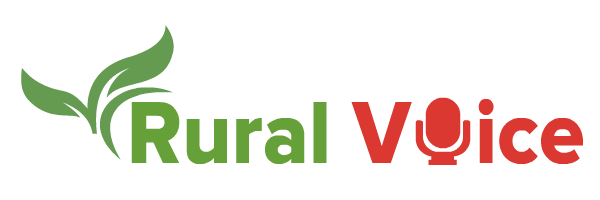


 Join the RuralVoice whatsapp group
Join the RuralVoice whatsapp group